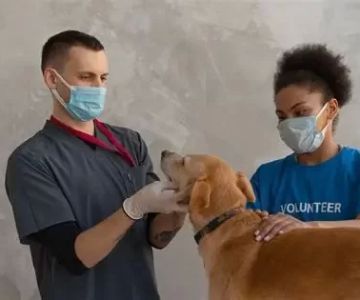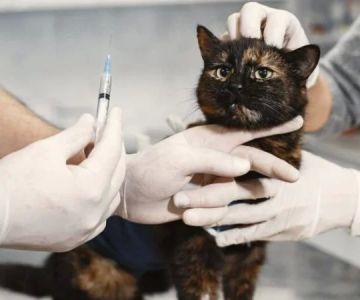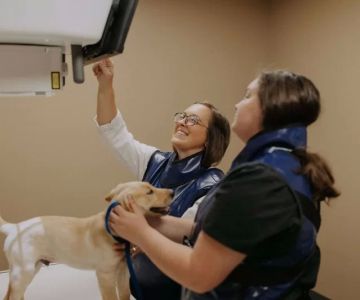How Much Does a USDA Veterinarian Make? Salary Insights and Career Guide
- 1-Overview-of-USDA-Veterinarian-Role
- 2-Salary-Range-and-Factors-Affecting-USDA-Veterinarian-Pay
- 3-Career-Pathways-and-Education-Requirements
- 4-Real-Life-Experiences-from-USDA-Veterinarians
- 5-Tips-for-Success-in-a-USDA-Veterinary-Career
1. Overview of USDA Veterinarian Role
USDA veterinarians play a vital role in protecting animal health and public safety by overseeing disease control, food safety, and animal welfare in agricultural industries. They work in diverse environments, including border inspection, research labs, and field investigations.
Understanding the USDA veterinarian's role provides insight into the unique responsibilities compared to private practice veterinarians.
1.1 Importance of USDA Veterinary Work
These professionals help prevent the spread of infectious diseases, support agriculture economies, and contribute to national biosecurity.
2. Salary Range and Factors Affecting USDA Veterinarian Pay
When exploring how much does a USDA veterinarian make, salaries typically range from $70,000 to over $130,000 annually, depending on experience, location, and grade level within the federal pay scale.
Additional benefits like federal retirement plans, health insurance, and job stability enhance the overall compensation package.
2.1 Variables Influencing USDA Veterinarian Salaries
Seniority, specialty area, geographic location, and overtime opportunities can significantly impact income.
3. Career Pathways and Education Requirements
Becoming a USDA veterinarian requires earning a veterinary degree, passing licensing exams, and applying through federal hiring processes. Specialized training or experience in public health or epidemiology is advantageous.
Continuing education ensures USDA vets remain current on emerging animal health threats and regulatory policies.
4. Real-Life Experiences from USDA Veterinarians
Sarah, a USDA vet working in animal disease surveillance, shares how the role has offered her diverse challenges and the satisfaction of contributing to national health. Her salary reflects competitive government pay, combined with meaningful work.
Stories like Sarah’s illustrate both the rewards and demands of USDA veterinary careers.
4.1 Balancing Challenges and Rewards
While the job can be demanding with fieldwork and regulatory duties, many vets value the impact they have on animal and public health.
5. Tips for Success in a USDA Veterinary Career
Networking with professionals, gaining relevant experience, and maintaining flexibility with locations increase chances of securing USDA veterinary roles.
For resources, exam preparation materials, and career guidance, explore trusted platforms that support aspiring USDA veterinarians.
Understanding how much a USDA veterinarian makes and the career path ahead empowers veterinary professionals to make informed decisions for a stable and impactful career.












